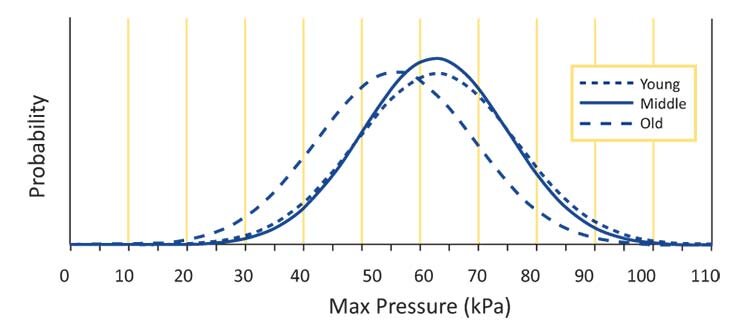
Oral Muscle Strength
IOPI Pro
Sleep and Brain utilizes the Iowa Oral Performance Instrument (IOPI) to measure lip and tongue strength and endurance. This instrument allows us to objectively document deficits that justify treatment, differentiating between muscle weakness and problems of motor control, providing biofeedback during exercise programs, and motivating you by showing you progress from muscle exercise therapy.
The IOPI measures strength by measuring the maximum pressure you can produce in a standard-sized air-filled bulb by pressing the bulb with your lips and tongue.
Lip strength is essential for bilabial sounds in speech, food bolus containment, and mastication. Lip compression strength depends on the strength of the muscles surrounding the mouth. The bulb, placed under the lips at the corner of the mouth, measures the maximum pressure created when you press your lips together and "purse" as hard as you can. Tongue compression strength depends on the maximum pressure created when you press your tongue against the bulb and the roof of the mouth.
The tongue is critical for swallowing. It presses food against the palate and out to the sides. Next, it forms the food bolus, elevates, and sweeps it posteriorly, triggering the swallowing reflex. Tongue endurance is the ability to exert a submaximal force for an extended period. Why might tongue strength and endurance be necessary? Many people have difficulty a half bagel with peanut butter, carrot sticks, and milk. Swallowing difficulties are a common and under-recognized complication of obstructive sleep apnea.
It is essential to distinguish anterior (i.e., the front) from posterior (i.e., the back) tongue strength and endurance. The anterior tongue is composed primarily of smaller type 2 "fast-twitch" muscle fibers that position and shape the tongue for speech, chewing, and swallowing. The posterior tongue is composed primarily of larger type 1 "slow-twitch" muscle fibers that provide the driving force for swallowing.
We can also assess tongue fatigability by measuring its endurance. Low endurance values are an indicator of a high fatigability. We measure endurance with the IOPI by quantifying the length of time to maintain 50% of the maximum pressure. For instance, the average anterior tongue endurance is 15 to 30 seconds. Low endurance is less than 10 seconds. How you feel on a particular day and your willingness to be uncomfortable influences endurance values.
The IOPI has a vertical row of lights. The higher the pressure you produce, the higher the position of the light that turns on. Producing a pressure that can turn on the top light can be thought of as hitting the target. It is visually reinforcing to hit the target.
We obtain objective measurements during your initial examination. From these measurements, we determine if muscle strength and endurance are normal or abnormal. If the strength and endurance are normal, we can eliminate weakness as a cause of the swallowing, speech, or breathing problem. If the strength and endurance are weak, we can begin strengthening exercises. If the strength and endurance are not increasing over time, we can asses if you are performing the exercises enough or forcefully enough. If the strength and endurance does increase, even a little bit, it can be rewarding for you to see objective evidence of improvement.





